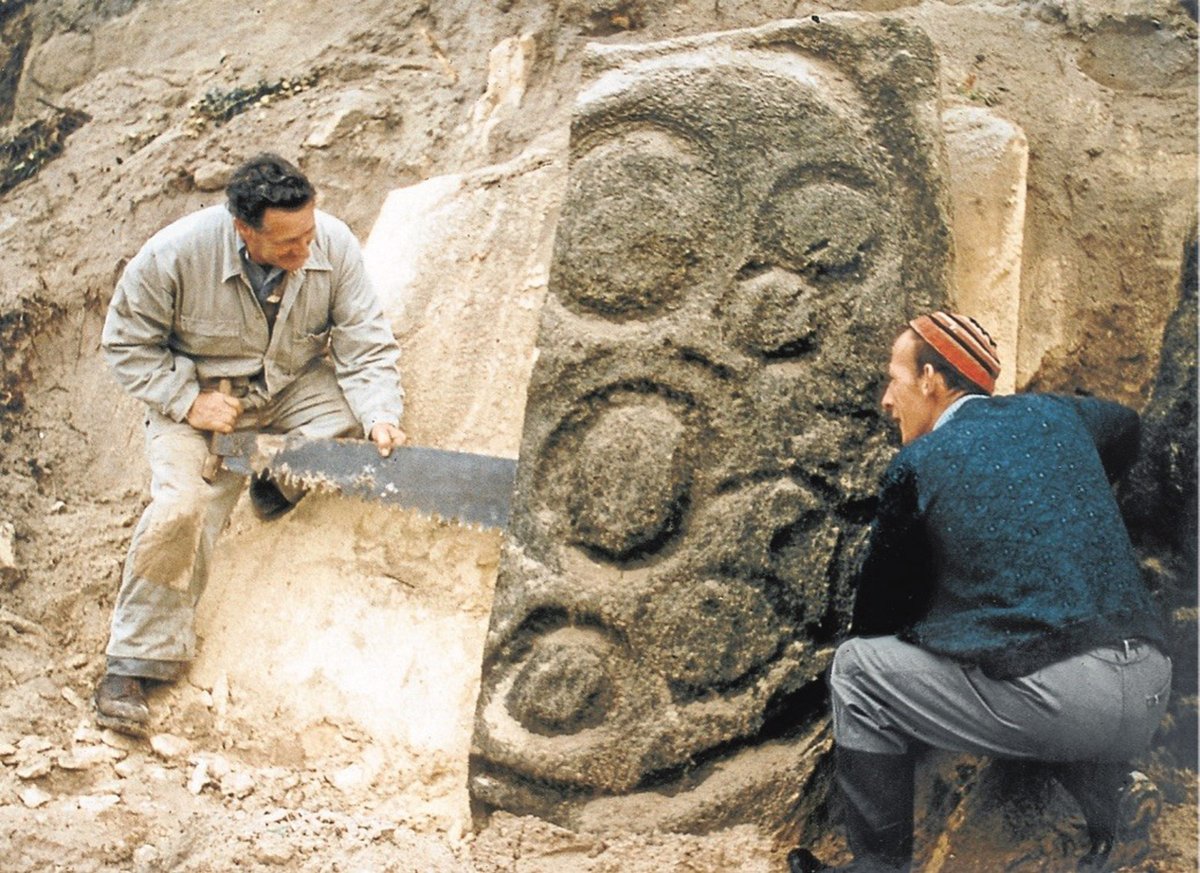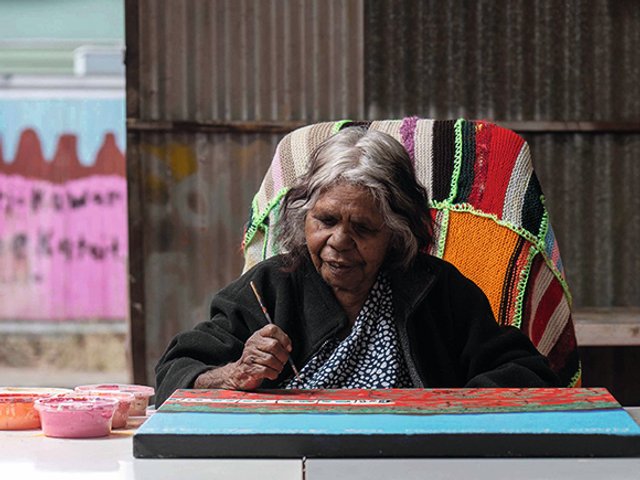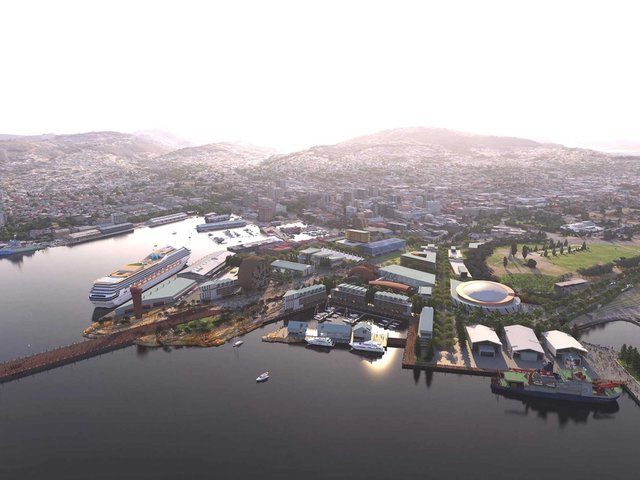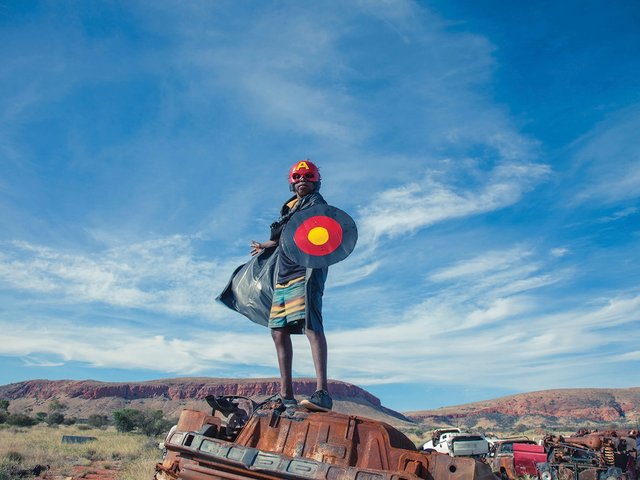Sixty years after they were sawn from an ancient rock art gallery, the Preminghana petroglyphs are being returned to Tasmania’s Aboriginal community and their original site in the north-west of the Australian island state.
The handover was announced in February 2021 by the Tasmanian Museum and Art Gallery (TMAG) in Hobart and its precursor, the Royal Society of Tasmania, as part of a wide-ranging apology to Tasmanian Aboriginal people for “nearly 200 years of practices that we acknowledge were morally wrong”. Brett Torossi, the chair of the TMAG board, said the museum had “exploited” the remains of Aboriginal people as “objects of research”, created “inappropriate displays” and “promulgated false ideas of extinction”. The removal of the Preminghana petroglyphs by museum staff in the 1960s is “a key example of such past practices”, she said.
Dating to between 4,000 and 14,000 years old, the petroglyphs take their name from a windswept 540ha area adjacent to landholdings established in the 19th century by the Van Diemen’s Land Company, a British colonial farming corporation. (Van Diemen’s Land was the former name of Tasmania.) Preminghana is dotted with aeolian sandstone, into which Tasmania’s first inhabitants made carvings of great spiritual and ceremonial value: clusters of plate-sized circles and concentric rings, cross-hatched lines, stripes, dots and forms resembling human faces. More than 36 separate works of art were recorded in a 1950 study conducted by the Queen Victoria Museum and Art Gallery (QVMAG) in Launceston, Tasmania’s second city.
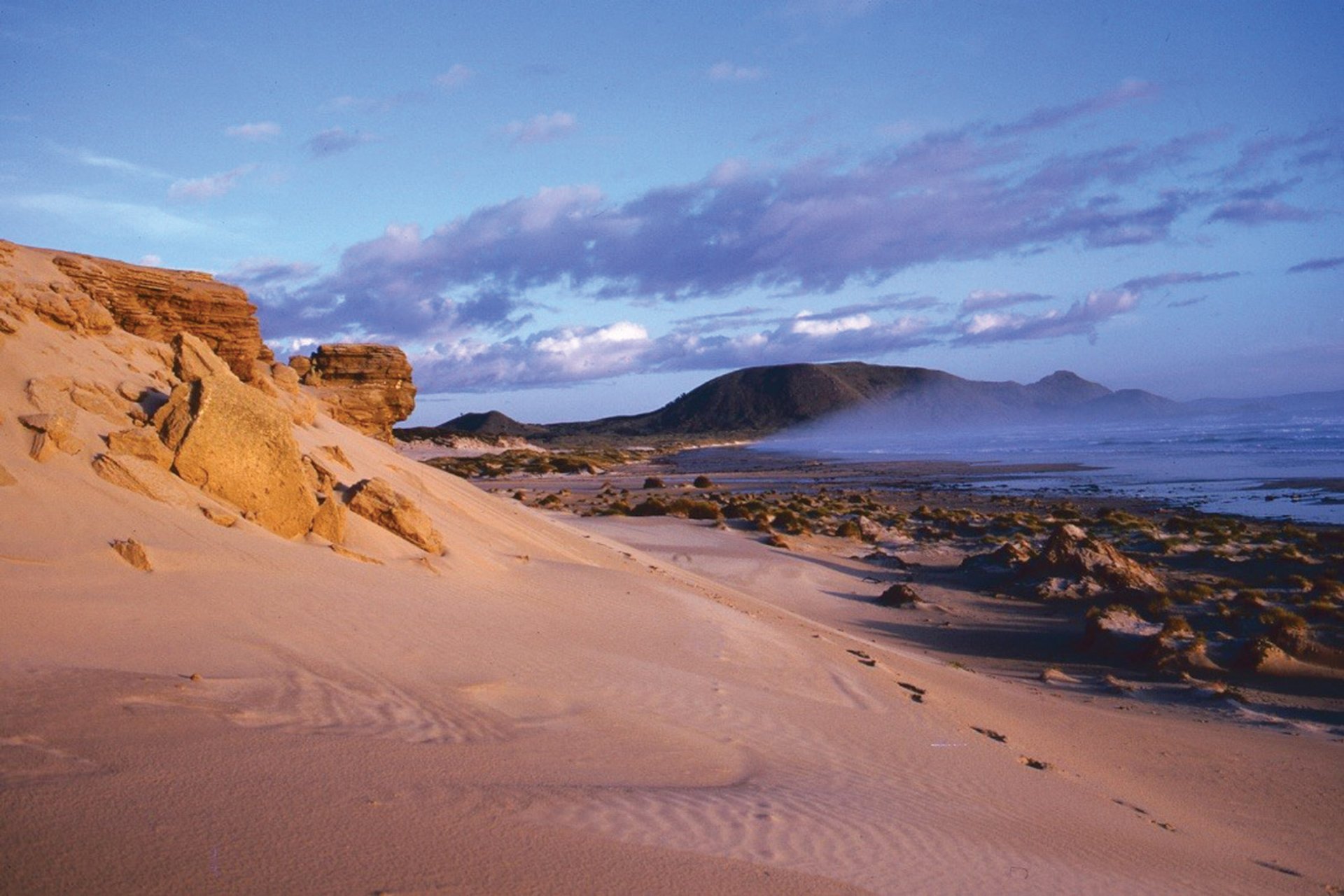
The Preminghana area, after which the petroglyphs are named, is on Tasmania’s wild north-west coast Photo: Peter Sims
“We don’t know the meaning that our old people gave to them,” Rebecca Digney, the head of the Aboriginal Land Council of Tasmania, tells The Art Newspaper. She says the imminent return of the petroglyphs is “really about putting back a piece of that puzzle”.
Complicating the task of reinstating the petroglyphs is the manner in which they were removed. In 1962 museum staff used a crosscut saw to extract one of the more prominent rock carvings. Before the job was done, the slab had split in two; in a matter of hours, staff had inflicted more damage than a thousand years of gale-force winds.
“TMAG were the real vandals,” says the historian Peter Sims, who photographed the Preminghana site prior to the petroglyphs’ removal. When he returned in late 1962, he found what he describes as an act of “official vandalism” that left him “shocked”.
No records kept
The Hobart museum made modifications to the largest of the petroglyphs: adhesive to repair the split, concrete with steel rods for reinforcement, a varnish to enhance its appearance. Incredibly, “there were no records kept”, Digney says, “they were really just seen as something to put on display.” Fortunately, another Preminghana carving that was removed to QVMAG was left untouched. “The repatriation of that particular petroglyph has been fairly straightforward,” Digney says.
Meanwhile, the original site at Preminghana was modified, too. In the 1970s locals buried the rock art gallery in sand to prevent further vandalism and environmental degradation. Only recently has the community identified the location of the sawn sandstone slab. “That was quite emotional for a lot of people,” Digney says. “Looking at the gallery as a whole, and then this big missing section.”
The physical return of the petroglyphs to Preminghana is currently under way, although the details are being kept secret to guard against vandalism. The logistics of moving such large, heavy and yet extremely fragile objects has not been easy, Digney says. “There’s always a kind of fear about further damage.”


